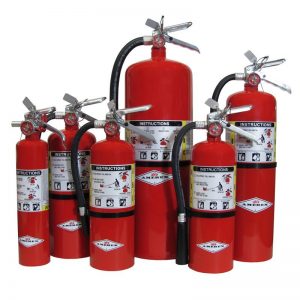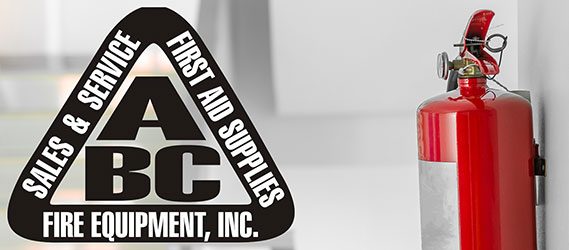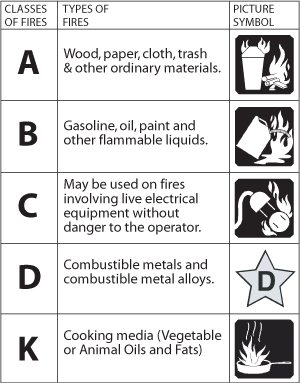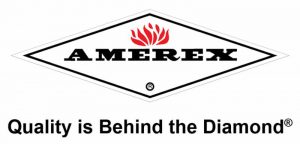FIRE EXTINGUISHERS
- Annual Inspection of Fire Extinguishers
- Monthly Inspection of Fire Extinguishers
- Sales/Service of Fire Extinguishers
- Fire Extinguisher Training
- Types of Fire
Fire extinguishers expire and they do this for a few different reasons. One common way is that, over time, the seal on the neck will weaken and allow compressed gas to escape. Extinguishers that have lost much of their pressure will not operate. Pressure within an extinguisher can be conveniently checked through a pressure gauge. “ABC” class extinguishers (ammonium phosphate) have the tendency to fail due to solidification of the chemical in the canister base. Our service technicians can delay this process. Most extinguishers that have expired, especially those designed for commercial use, can be refilled and resealed. Unfortunately, an expiration date cannot be fully trusted and there is no foolproof way to know if an extinguisher is no longer functional. That is due to the extremely destructive potential of fires and the relatively low cost.
 12 Point fire extinguisher inspection
12 Point fire extinguisher inspection
- VISUAL EXAMINATION: performed on the entire unit, carefully inspecting for dents, rust, corrosion, pitting or other shell damage.
- TEST/MAINTENANCE HISTORY: reviewed to determine the need for required internal maintenance or hydrostatic testing.
- PRESSURE GAUGE: checked to insure that the unit is fully pressurized.
- WEIGHT: the extinguisher is checked to insure the correct amount of extinguishing agent is in the cylinder.
- DISCHARGE HOSE: inspected for signs of blockage or damage.
- Pull Pin: removed to insure that the pin is easily removed in the event of an actual fire emergency.
- HANDLE/LEVER: checked for smooth discharge operation.
- CLEAN EXTINGUISHER: making sure the extinguisher is free of debris.
- INSPECTION CERTIFICATION: documented by attaching a year dated tamper seal and service tag indicating the work performed.
- EXTINGUISHER: returned to the proper location.
- MOUNTING BRACKET: checked to insure extinguisher is installed securely on correct mounting hook or bracket.
- HAZARD APPLICATION: reviewed to make sure that the fire extinguisher is the correct type for a potential fire hazard.


